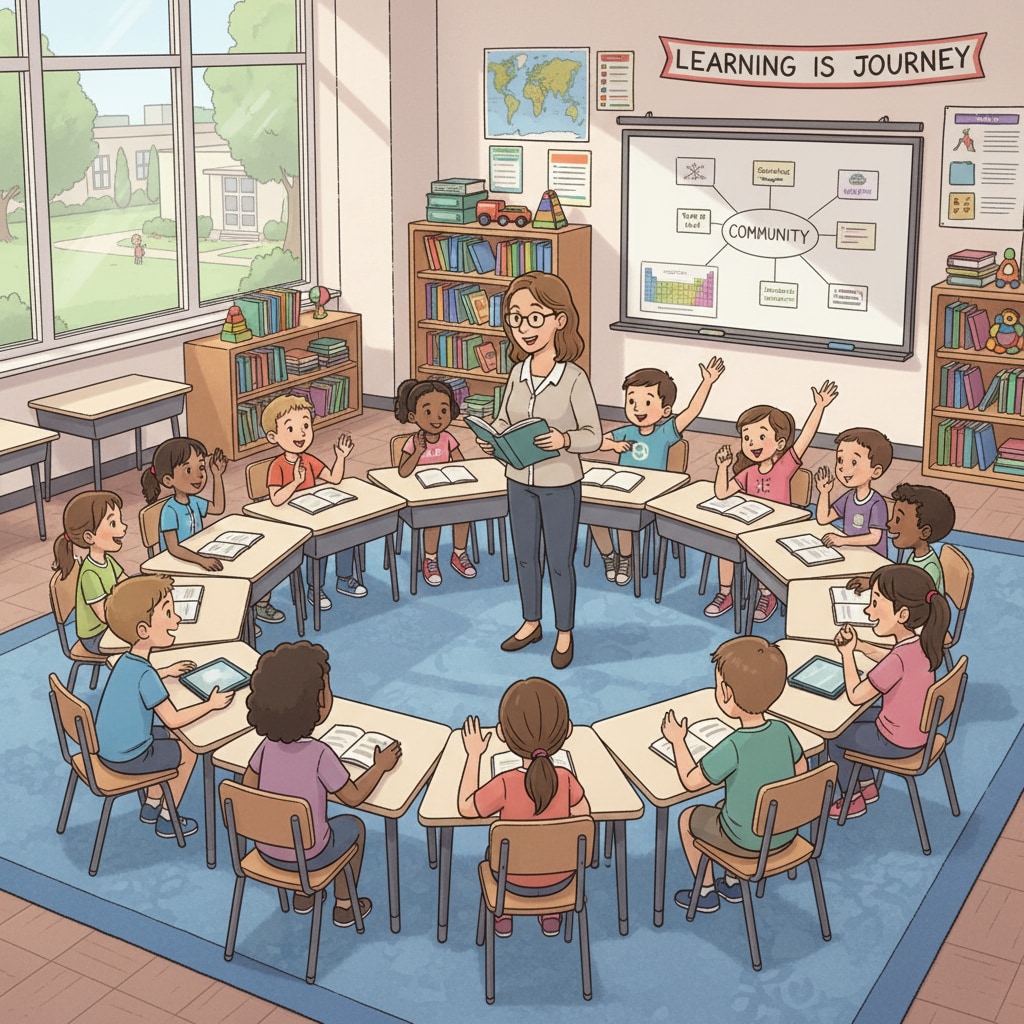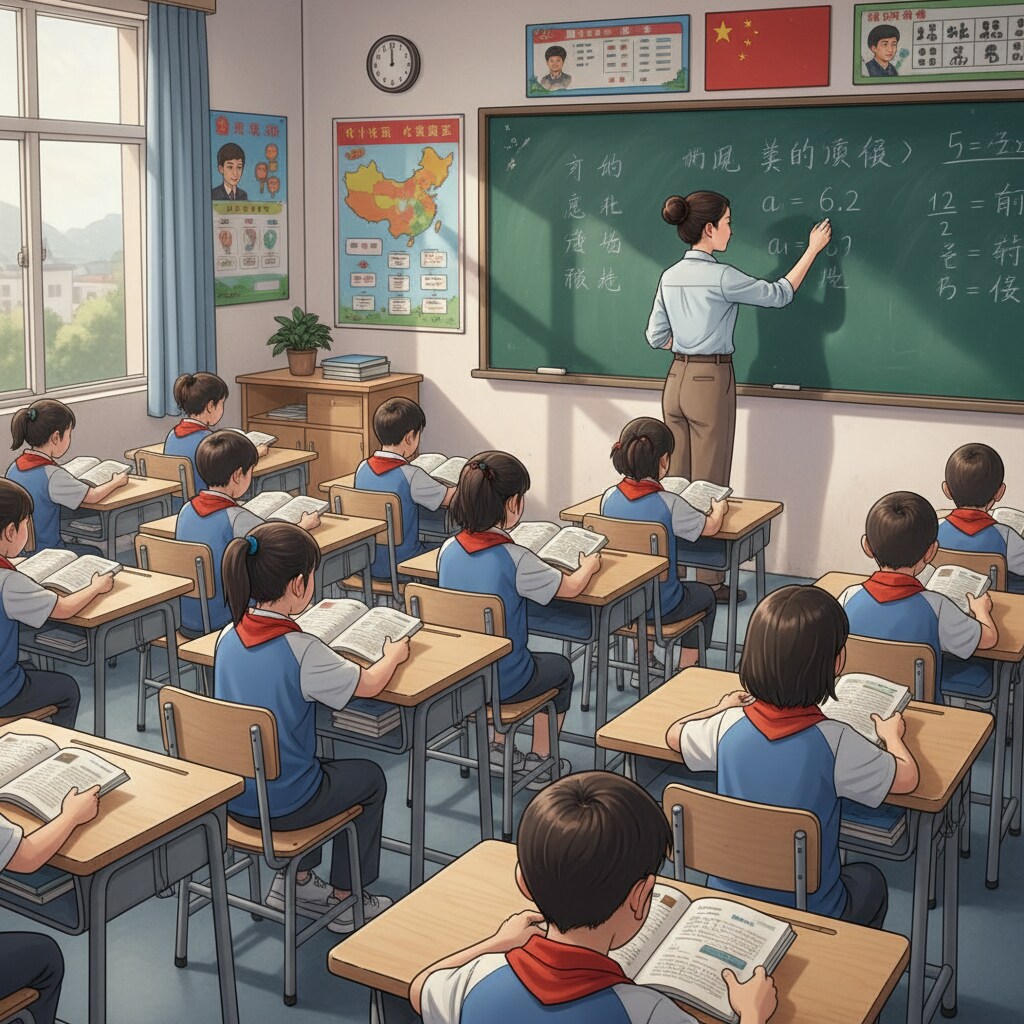Education systems, cultural differences, and learning pressures are significant aspects when comparing the educational landscapes of different countries. The K12 education systems in the United States and China, for example, have distinct characteristics shaped by their respective cultures. Let’s take a closer look.

Teaching Philosophies: Nurturing Independence vs. Emphasizing Foundation
In the US, the teaching philosophy often focuses on nurturing students’ independence and creativity. Teachers encourage students to think critically, ask questions, and explore topics on their own. According to Wikipedia’s page on US education, this approach aims to develop well-rounded individuals who can solve problems independently. For example, in a science class, students might be given a project to design and conduct their own experiments. However, in China, the emphasis is on building a solid foundation of knowledge. Teachers transmit knowledge systematically, ensuring students master basic concepts. As a result, Chinese students often have a strong academic foundation.
Curriculum Design: Breadth vs. Depth
The US curriculum typically offers a wide range of courses to expose students to various fields. This includes art, music, and physical education, alongside core subjects. It aims to provide students with a broad spectrum of knowledge and skills. In contrast, the Chinese curriculum is more focused on depth in core subjects like mathematics, science, and language arts. Students spend a significant amount of time mastering these areas. As stated on Britannica’s page about Chinese education, this helps students develop in-depth expertise.

Learning pressures also vary between the two systems. In the US, while students may have projects and assignments, the overall pressure is often more evenly distributed. In China, the high-stakes exams, such as the Gaokao, can bring intense pressure on students. They often have to study long hours to prepare for these crucial tests. However, both systems are constantly evolving to better meet the needs of students.
Readability guidance: We’ve used short paragraphs and presented key points clearly. Each H2 section provides a summary of the differences. Passive voice has been minimized, and transition words like ‘however’ and ‘in contrast’ have been used to enhance the flow of the article.


